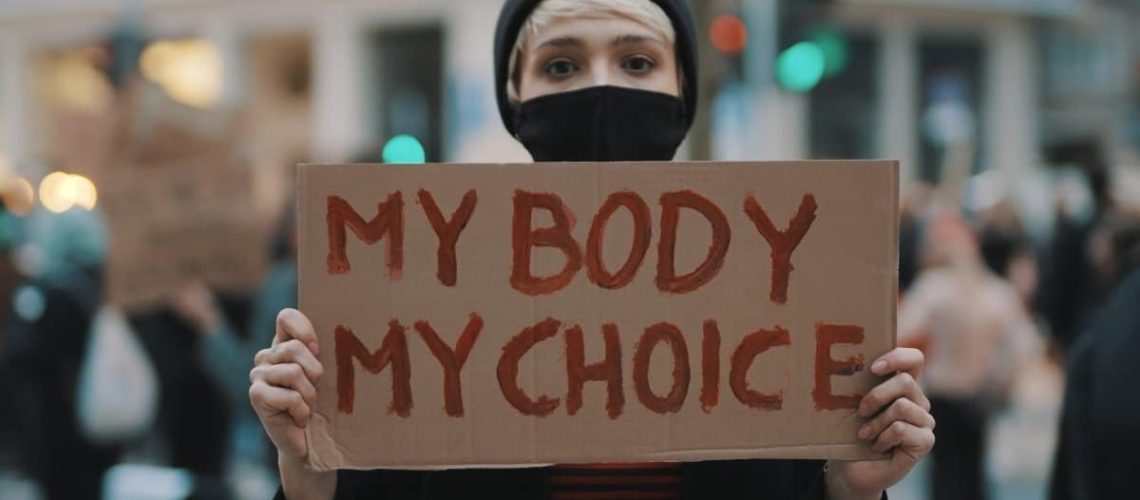The debate over reproductive rights is a pivotal issue that touches on autonomy, privacy, and control over one’s own body. Below, we explore 20 crucial points in the ongoing discussion about who should have authority over women’s reproductive decisions and the broader implications of these controls.
1. Historical Context
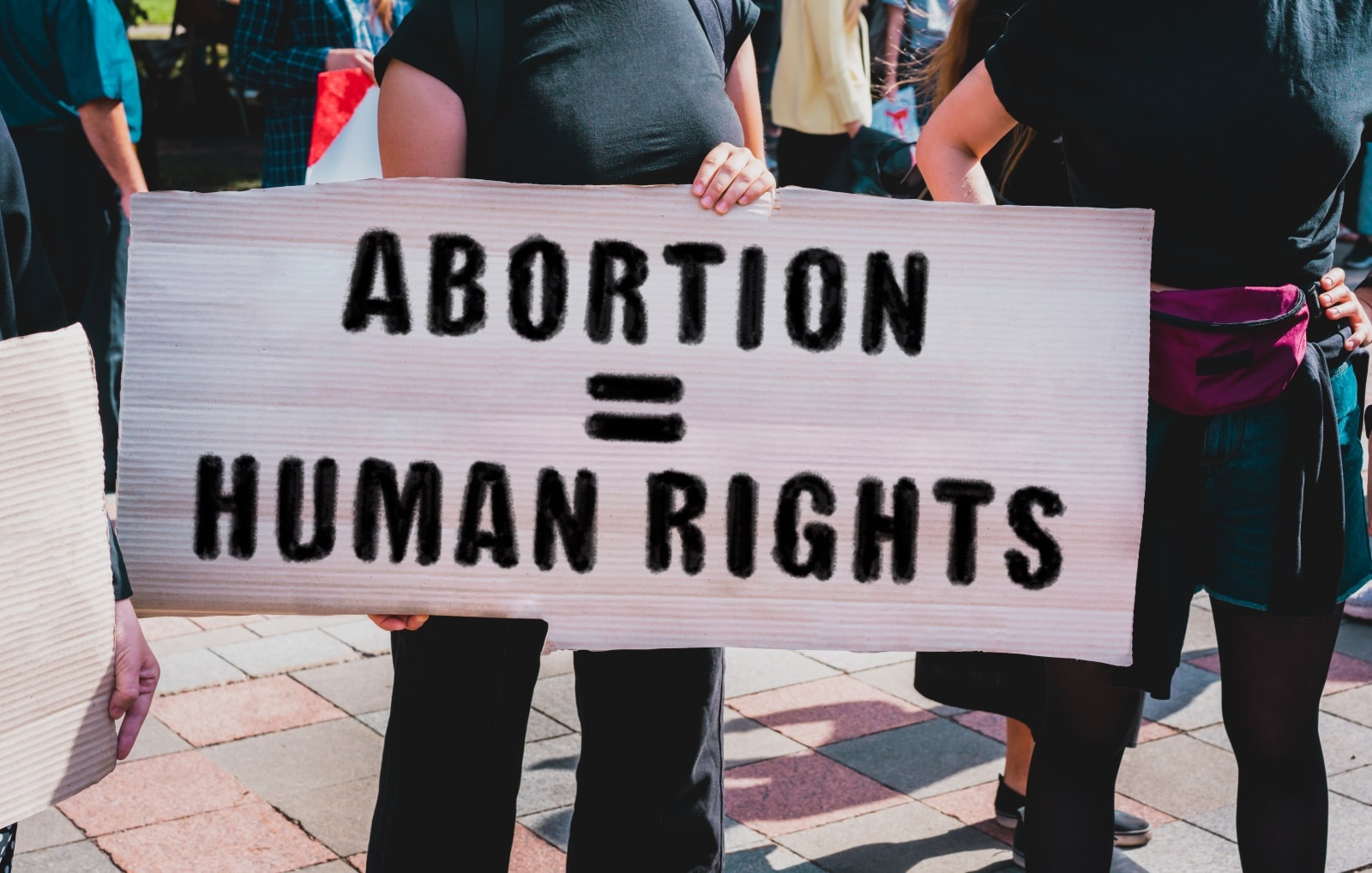
Reproductive rights have been contested for centuries, with women historically having limited control over their reproductive health. How much progress have we truly made?
2. Legal Battles
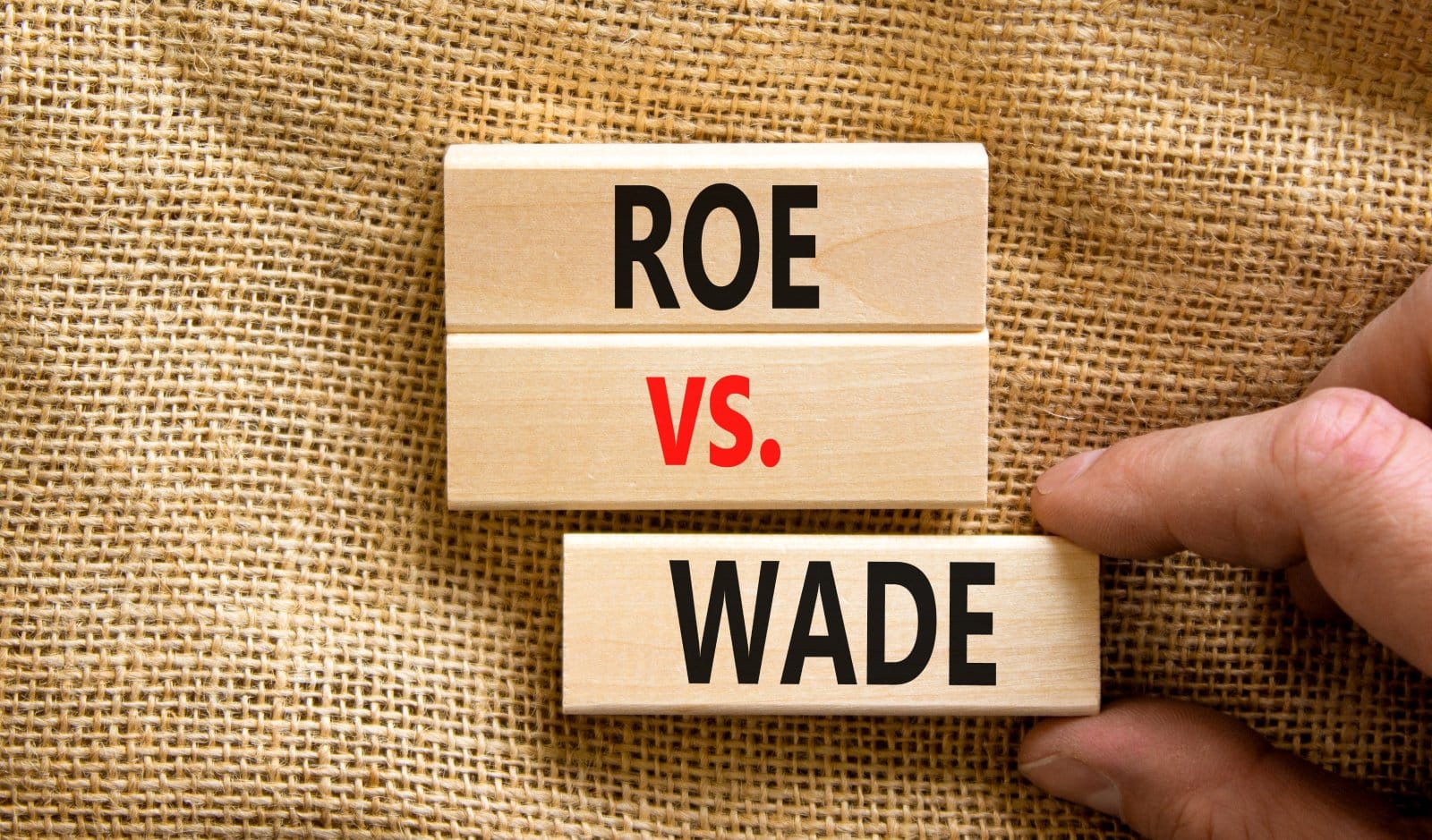
The landmark Supreme Court case Roe v. Wade in 1973 established a woman’s legal right to choose an abortion, but ongoing legal challenges continue to test these boundaries. Are we moving towards more freedom or less?
3. Government Intervention

Laws at both state and federal levels seek to regulate when, how, and if a woman can have an abortion. Should the government have a say in these deeply personal decisions?
4. Healthcare Access

Access to safe and affordable reproductive health services varies greatly by location, economic status, and insurance coverage. Is health equity achievable in the current system?
5. Education on Reproduction

Comprehensive sex education is often lacking or biased in many areas, affecting individuals’ understanding of their reproductive options. How can education shape reproductive rights?
6. Economic Impacts
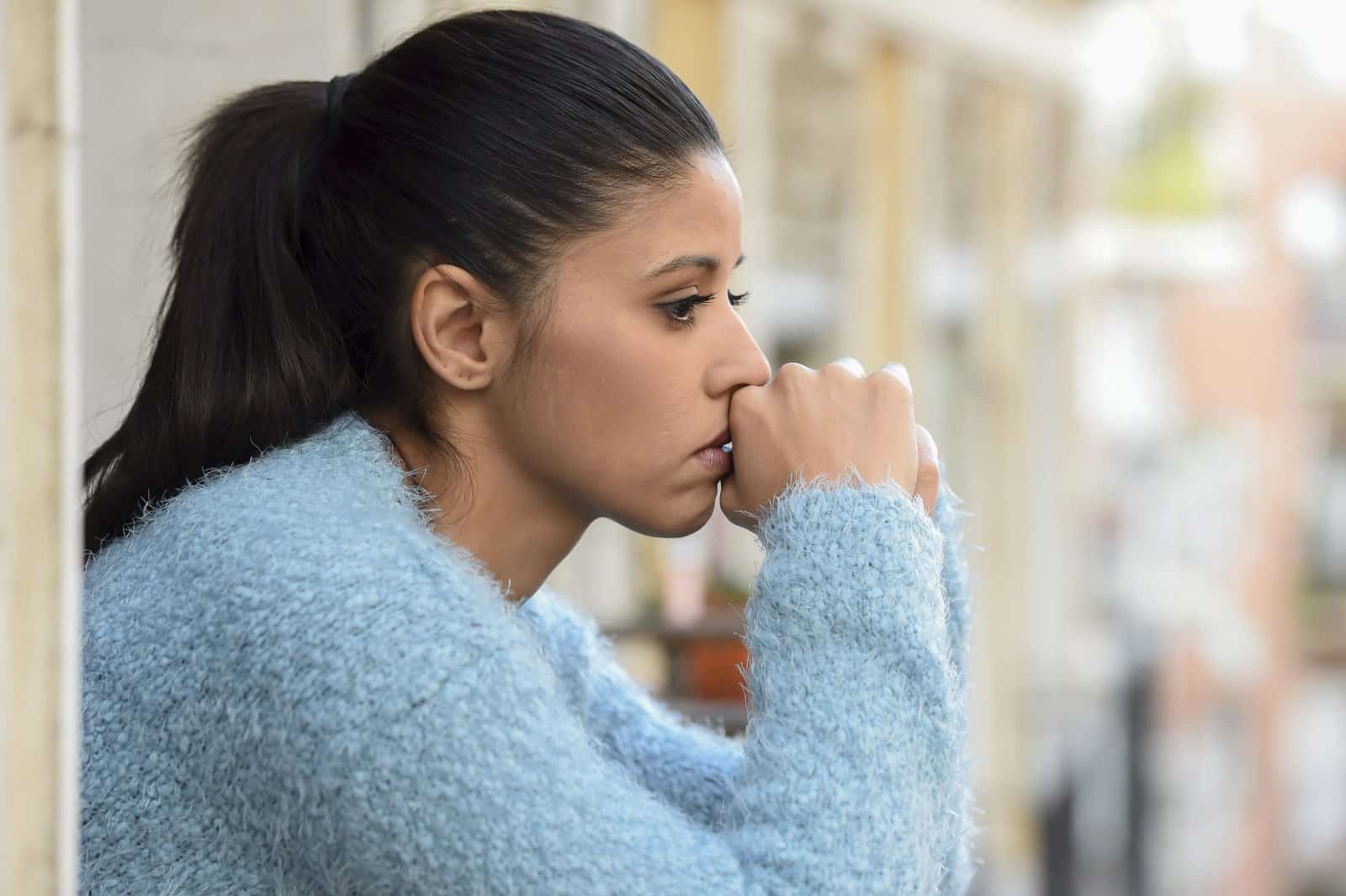
A woman’s ability to control her reproductive life is closely tied to her economic status. Can economic independence be fully realized without reproductive rights?
7. Cultural Influences

Cultural and religious beliefs profoundly impact perceptions and laws about reproduction. Should cultural norms influence legal rights?
8. Technological Advancements

Advances in medical technology, such as IVF and genetic screening, create new ethical and legal dilemmas. How do these technologies change the landscape of reproductive rights?
9. Men’s Role

The role of men in the reproductive rights conversation is often controversial. What responsibilities and rights should men have in these decisions?
10. Global Perspectives

Reproductive rights vary dramatically around the world, from very liberal to extremely restrictive policies. What can we learn from other countries’ approaches?
11. The Role of NGOs

Non-governmental organizations play a critical role in advocating for and providing reproductive health services. How effective are these organizations in shaping policy and public opinion?
12. Privacy Concerns

With increasing digital surveillance, privacy issues surrounding reproductive health data are more relevant than ever. How protected is this sensitive information?
13. Public Health Implications
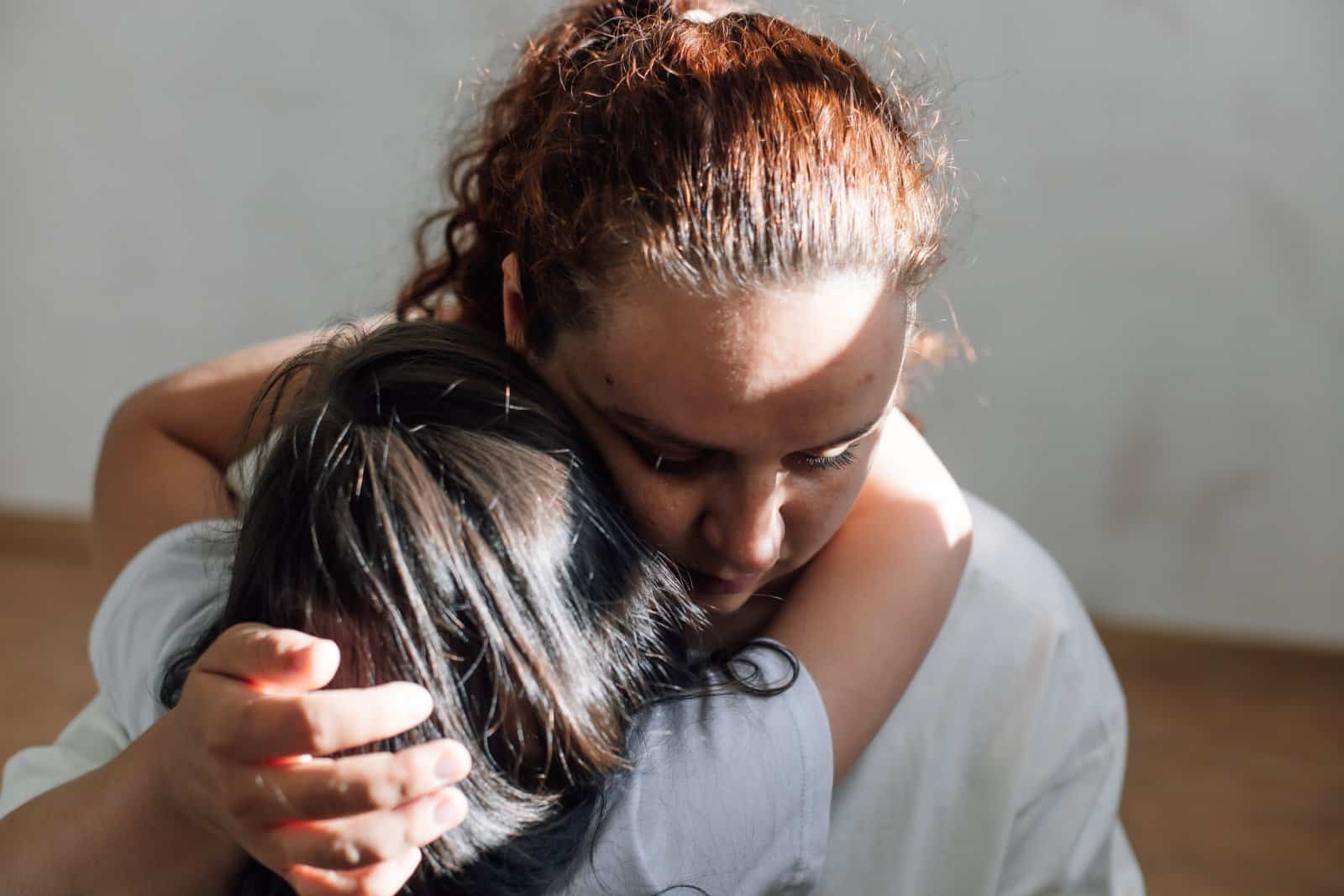
Reproductive rights issues are inherently tied to public health, affecting outcomes for mothers and children. How do restrictive policies impact public health?
14. Contraception Access

Access to contraception is a cornerstone of reproductive rights, yet many still face barriers to obtaining it. How does this access—or lack thereof—shape women’s lives?
15. Teen Pregnancy
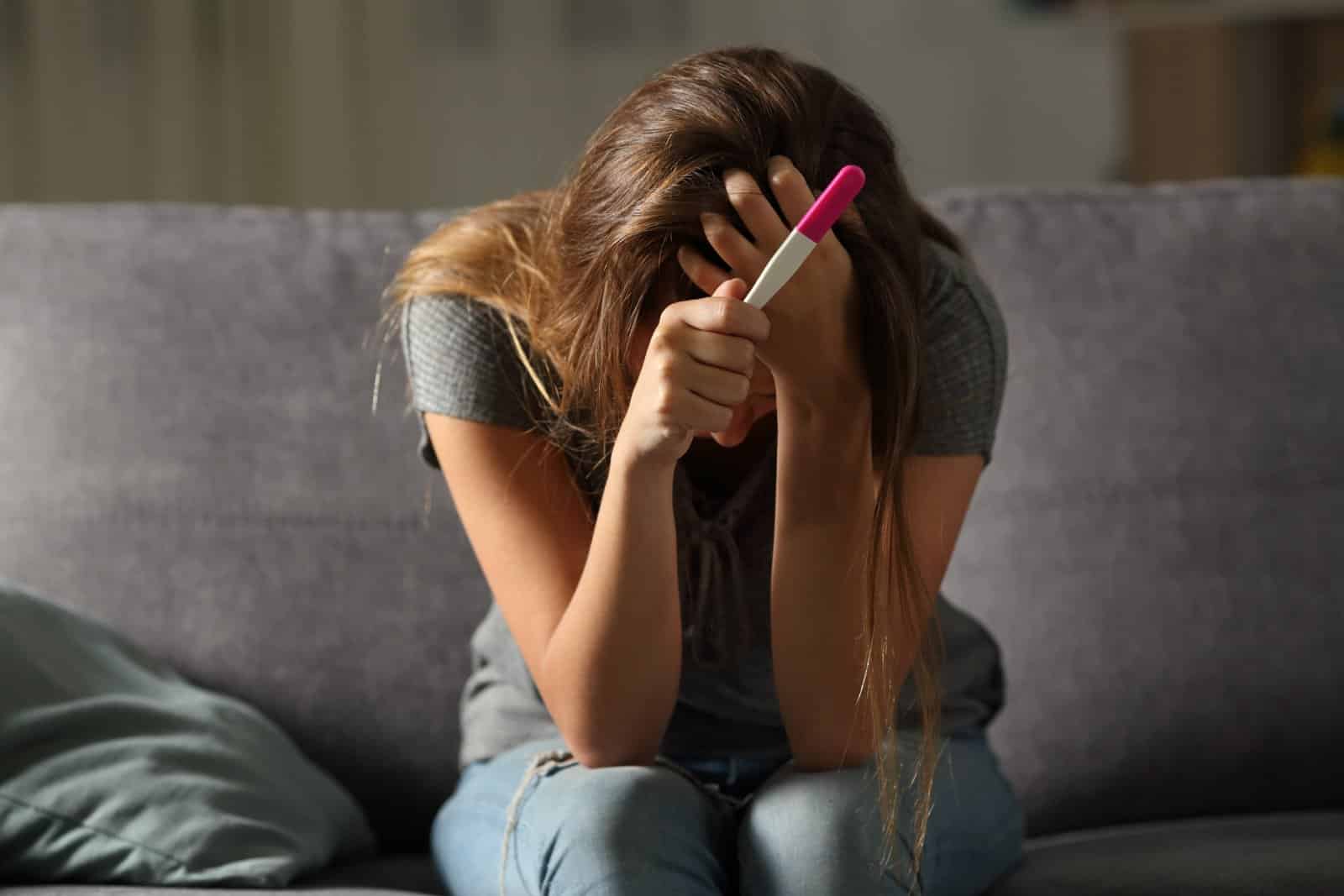
Teen pregnancy rates are influenced by access to education and reproductive health services. What role should the state play in addressing teen pregnancy?
16. Abortion Stigma

Despite being a legal medical procedure, abortion is highly stigmatized. How does this stigma affect women’s choices and mental health?
17. Reproductive Coercion

Reproductive coercion involves behavior that interferes with the autonomy of a person to make decisions about their reproductive health. How prevalent is this issue, and what can be done?
18. Insurance Coverage

The extent of insurance coverage for reproductive health services can greatly affect a woman’s reproductive choices. What should be covered?
19. Activism and Advocacy

Activism plays a key role in shaping and protecting reproductive rights. How effective are current advocacy strategies, and what more can be done?
20. Future Trends

Emerging political, social, and technological trends will continue to influence the landscape of reproductive rights. What should we prepare for in the coming years?
Reflecting on Reproductive Rights
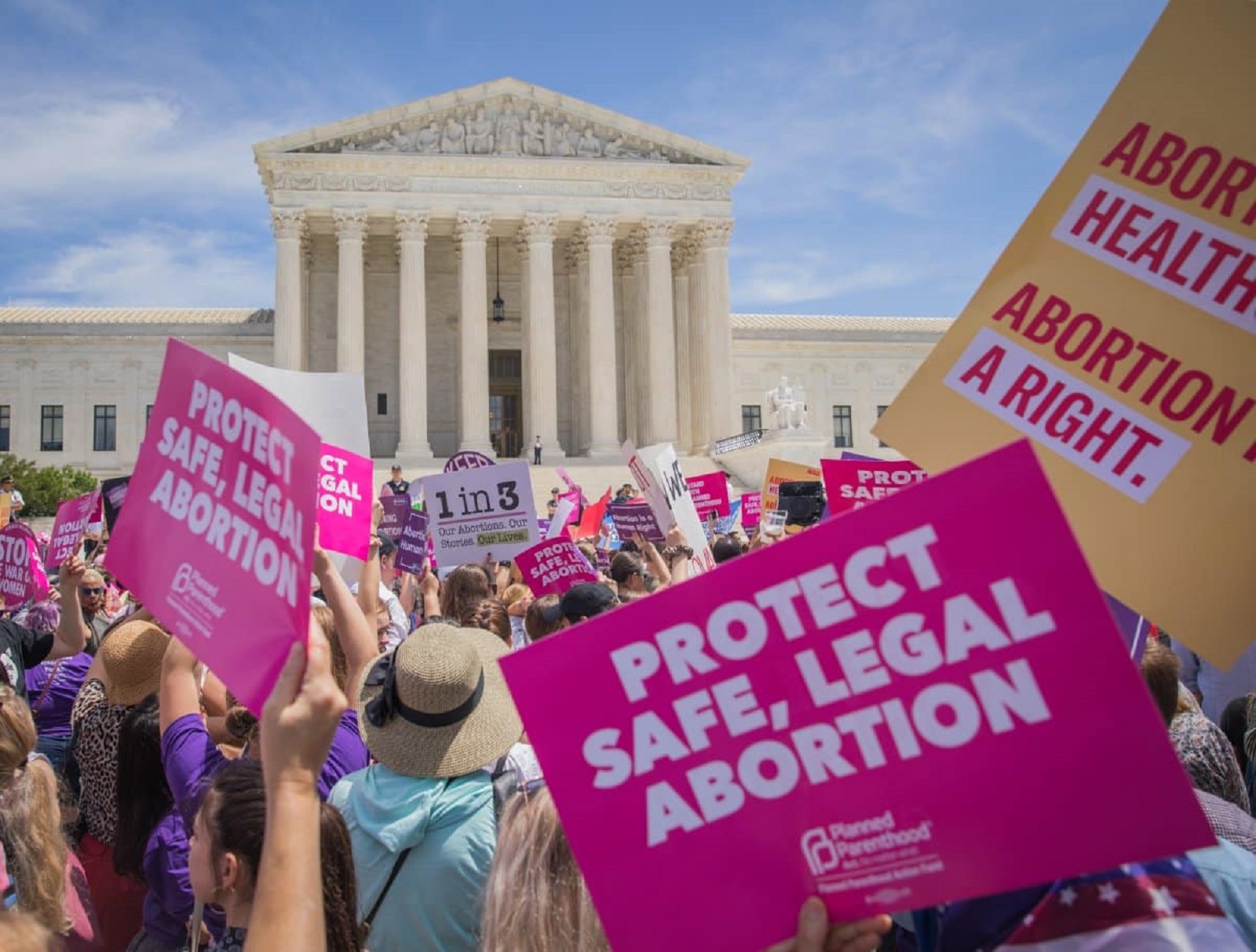
As we consider these points, it’s clear that the issue of reproductive rights encompasses a wide array of factors, from individual autonomy and privacy to broader societal and ethical considerations. Engaging in informed, respectful dialogue is essential as we navigate these complex and deeply personal issues. How will you contribute to this critical conversation?
The post Reproductive Rights: Who Really Decides What Women Do With Their Bodies? first appeared on Pulse of Pride.
Featured Image Credit: Shutterstock / CameraCraft.
For transparency, this content was partly developed with AI assistance and carefully curated by an experienced editor to be informative and ensure accuracy.

